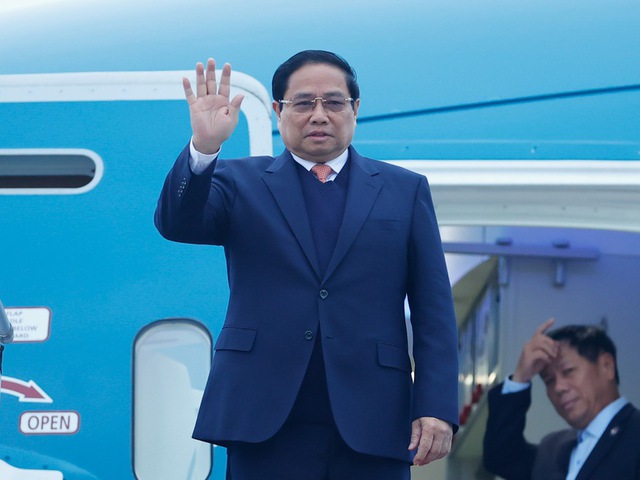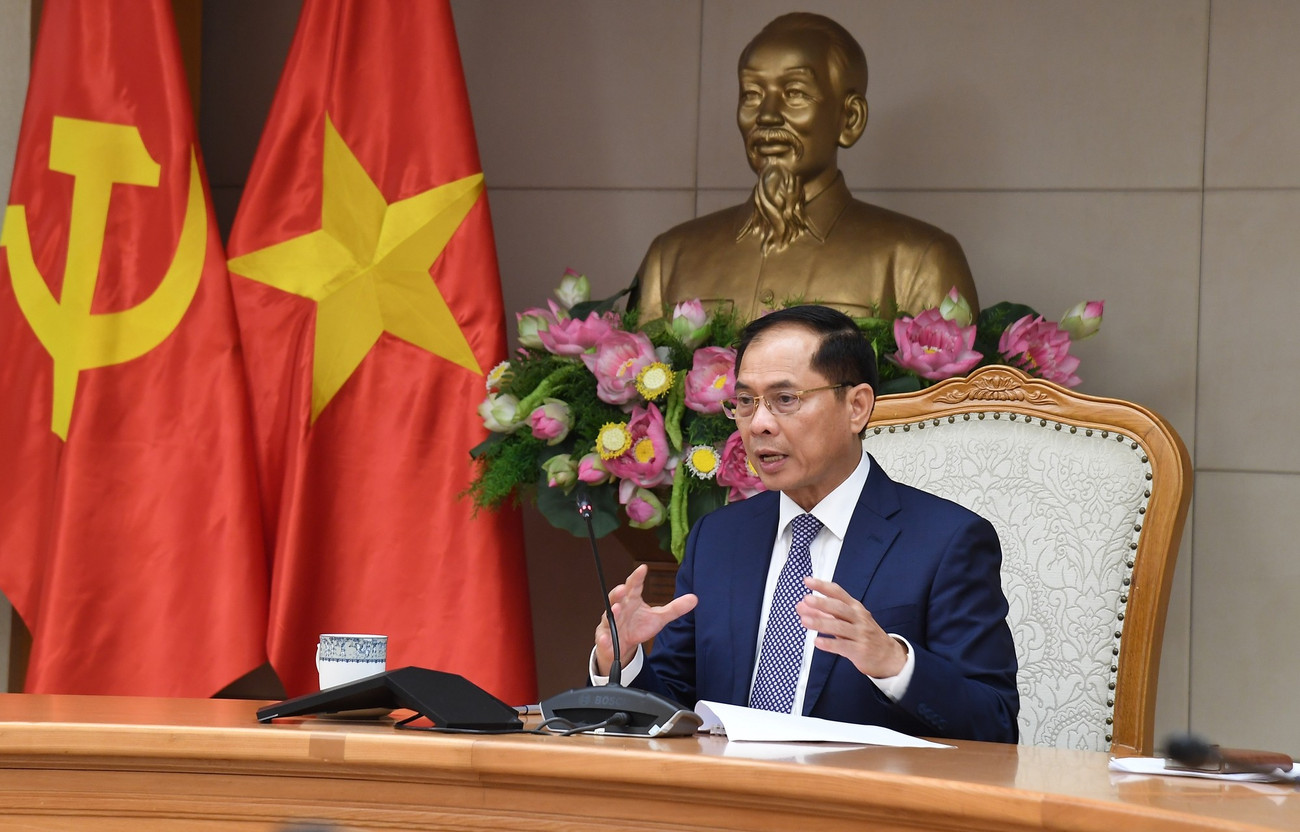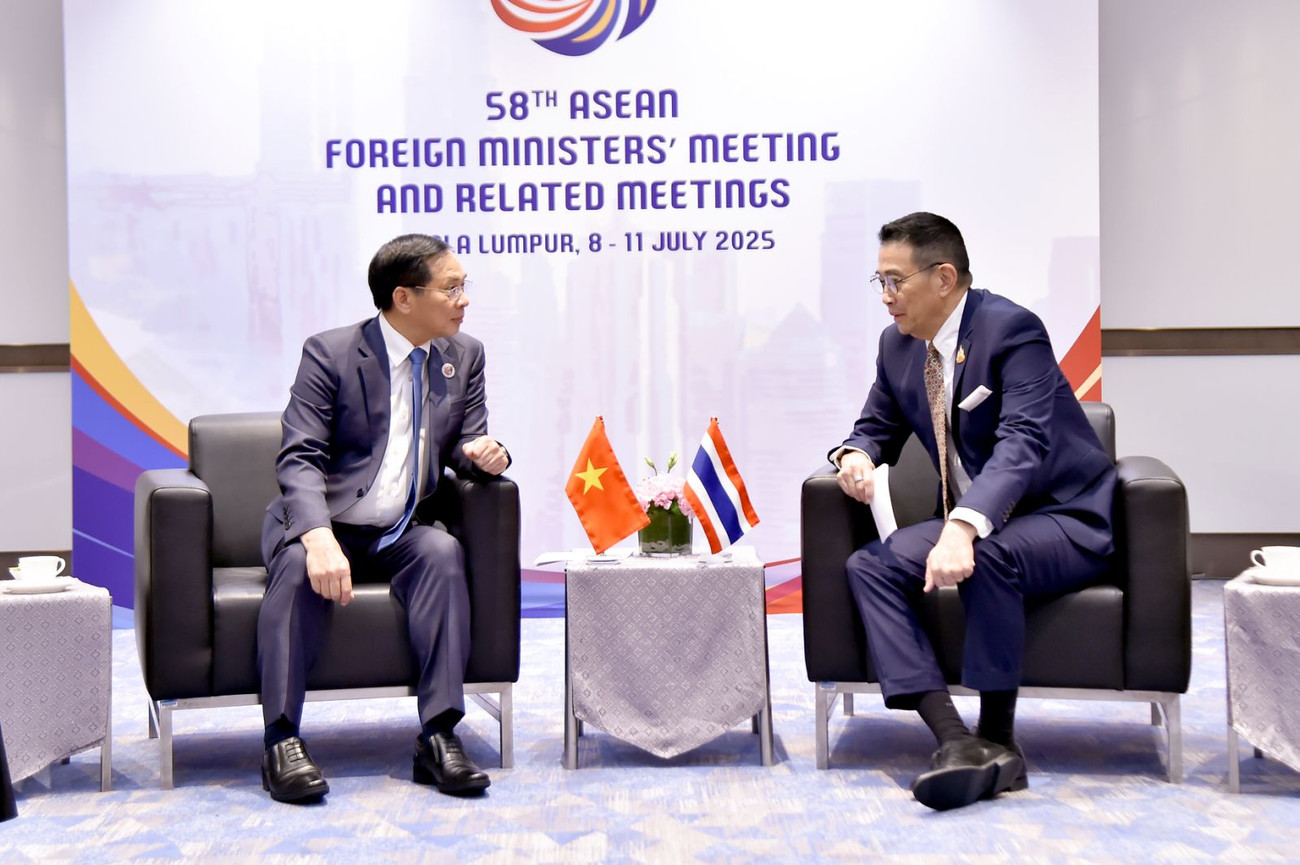MOIT VIETNAM | Vietnam, Laos, and Thailand Forge Deeper Partnerships in Trade, Investment, and Tourism
/ News / Activities
Vietnam, Laos, and Thailand Forge Deeper Partnerships in Trade, Investment, and Tourism
In the heart of southern Laos, the normally quiet province of Sekong came alive with a surge of diplomatic energy and entrepreneurial ambition. On this day, provincial leaders, business executives, and development experts from Vietnam, Laos, and Thailand converged for a high-profile event that promised not only economic opportunity but also a renewed sense of regional solidarity.
The Forum on Trade, Investment, and Tourism Promotion: Advancing the East–West Economic Corridor—held alongside the 2025 Trade and Tourism Fair—served as a meeting ground where ideas became partnerships, and visions for growth turned into concrete strategies. It was more than a ceremonial gathering; it was a tangible step toward deepening integration along one of Southeast Asia’s most important economic arteries.
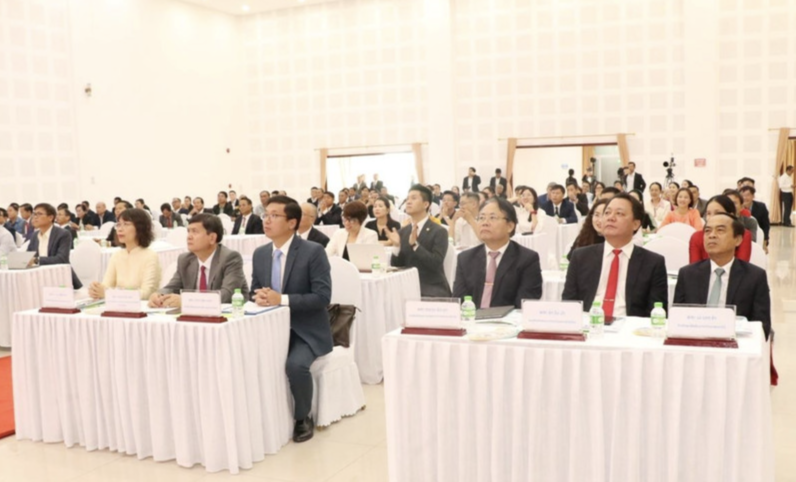
A Corridor of Opportunity
The East–West Economic Corridor (EWEC) is more than a trade route—it is a strategic lifeline connecting Myanmar, Thailand, Laos, and Vietnam. For the provinces along this route, it offers the promise of accelerated growth through improved transportation, increased investment, and cross-border tourism. This year’s forum, hosted in Sekong for the first time, marked a symbolic recognition of the province’s untapped potential and its role in the broader regional vision.
The event was organized under the leadership of the Consulate General of Vietnam in Pakse in close cooperation with Sekong provincial authorities. As part of an annual initiative, the forum rotates between host provinces in Vietnam, Laos, and Thailand, ensuring that each locality benefits from exposure, investment promotion, and policy dialogue.
In keeping with the realities of a more connected world, the forum adopted a hybrid format, allowing participants to join both in-person and online. The breadth of participation was striking:
- 19 provinces and cities from Vietnam,
- Four southern Lao provinces — Champasak, Sekong, Salavanh, and Attapeu,
- Thailand’s Ubon Ratchathani Province,
- Representatives from the Vietnam Business Association in Japan and Southern Laos,
- And dozens of private enterprises representing key industries from agriculture to logistics.
Opening the forum, Ms. Tạ Phương Dung, Consul General of Vietnam in Pakse, spoke with conviction about the event’s strategic significance. She framed the gathering not as an isolated activity but as a deliberate move toward building a cohesive economic region—one where southern Laos, northeastern Thailand, and nearly twenty Vietnamese localities could integrate their strengths for shared prosperity.
“This forum,” she noted, “is a platform for localities and enterprises to directly explore investment opportunities, identify comparative advantages, and design cooperation programs that respond to each partner’s needs. It is a driver for both business growth and the social and economic development of the entire corridor.”
Shared Festivities, Shared Goals
For Mr. Leklay Sivilay, Party Secretary and Governor of Sekong, the timing of the event could not have been more fitting. With all three nations celebrating important national holidays in 2025, the forum became a cross-border celebration of both culture and cooperation.
Mr. Sivilay emphasized that Sekong’s integration into the EWEC would be a game-changer—unlocking investment, creating jobs, and improving connectivity with neighboring provinces in Vietnam and Thailand. He underscored the importance of using such gatherings to align policy frameworks, build trust, and address shared challenges in infrastructure, trade procedures, and tourism promotion.
The forum’s sessions featured detailed presentations from provincial representatives, each highlighting their economic advantages, investment incentives, and development priorities. The picture that emerged was one of a subregion rich in resources—fertile agricultural land, strategic transport links, and growing tourism sectors—all ready to be leveraged under the EWEC framework.
The discussions were candid. Delegates identified pressing issues such as infrastructure bottlenecks, inconsistent regulations, and logistical challenges. Yet, rather than seeing these as obstacles, they treated them as opportunities for targeted cooperation. Proposals ranged from harmonizing customs procedures to creating joint tourism circuits that combine cultural festivals, nature tours, and cross-border travel packages.
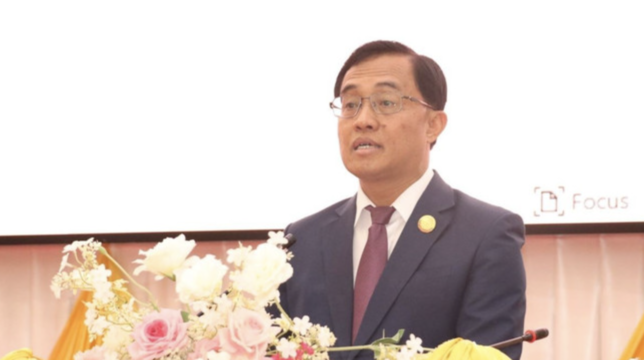
The Trade and Tourism Fair: Business Meets Culture
In the afternoon, attention shifted from the conference hall to the exhibition space, where the 2025 Trade and Tourism Fair opened with an air of excitement.
Featuring 47 booths—12 from Vietnam, 34 from Laos, and 1 from Thailand—the fair was a lively showcase of goods, services, and ideas. Visitors could browse high-quality agricultural products, sample local delicacies, and explore tourism packages. Notably, several booths displayed One Commune One Product (OCOP) and One District One Product (ODOP) specialties, promoting the unique identity and craftsmanship of each locality.
Beyond transactions, the fair acted as a living symbol of friendship between the three nations. Business owners exchanged contacts, discussed potential ventures, and explored ways to combine resources for greater market reach. Tourists mingled with entrepreneurs, creating an atmosphere where commerce and culture blended seamlessly.
A Long-Term Vision for Regional Prosperity
While the immediate outcomes included business deals and partnership agreements, the broader achievement of the forum and fair lay in their contribution to long-term regional integration. The East–West Economic Corridor is envisioned not merely as a transport route but as a thriving ecosystem of trade, tourism, and investment, underpinned by mutual trust and institutional cooperation.
The 2025 edition reaffirmed the shared vision of Vietnam, Laos, and Thailand: a future where economic growth is inclusive, sustainable, and locally driven. By bringing together government leaders, private enterprises, and community stakeholders, the event proved that the success of the EWEC depends on a network of committed partners working toward common goals.
As the corridor continues to evolve, forums like this will remain critical milestones—transforming diplomatic goodwill into concrete results, and ensuring that integration is not just a policy aspiration but a daily reality for the people who live and work along its path.
-
/ News / Activities
Prime Minister Pham Minh Chinh’s Strategic Visit to Laos Marks New Chapter in Bilateral Relations
Prime Minister Pham Minh Chinh’s official visit to the Lao People’s Democratic Republic and his co-chairmanship of the 47th meeting of the Vietnam–...
-
/ News
Deepening Cooperation, Strengthening Regional Unity
On the afternoon of July 28, 2025, at the Government Headquarters in Hanoi, Deputy Prime Minister and Minister of Foreign Affairs of Vietnam, Mr. B...
-
/ News / Activities
Vietnam and Laos Accelerate Toward Deeper Regional Integration and Unprecedented Trade Growth
In an era where regional connectivity and economic resilience are critical pillars for national development, Vietnam and Laos are emerging as a mod...



